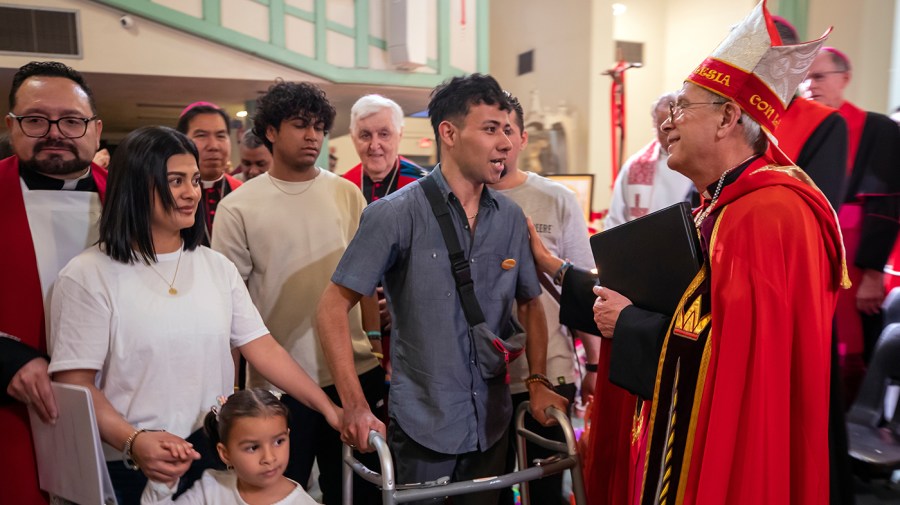
UPDATE: As the Trump administration continues its funding cuts amid an ongoing government shutdown, churches across the nation are urgently stepping in to fill the gap in services for vulnerable populations, including students and immigrants. This critical mobilization is happening right now as communities struggle to cope with dwindling federal support.
Officials from various religious organizations report significant increases in anti-hunger initiatives and support programs aimed at federal workers who are currently facing financial hardships. Many houses of worship are expanding their outreach to ensure that those affected by the government shutdown receive the help they need.
For example, churches in New York City are ramping up food distribution programs to serve thousands of families who rely on these resources. As of this week, several local congregations have increased their meal service by over 30%, responding to the urgent need for assistance.
The sense of responsibility felt by these churches is palpable. “We cannot stand by while our neighbors suffer,” said a pastor from a local community church. “It’s our duty to provide support and compassion during these challenging times.”
As the government continues to face gridlock, these faith-based organizations are becoming vital lifelines for many. They are also creating new programs targeting specific needs, such as workshops for immigrants seeking job training and resources for students facing food insecurity.
The ongoing government shutdown has left many without essential services, making the role of churches even more critical. With the federal government pulling back, these organizations are stepping up to ensure no one is left behind.
This developing situation highlights the growing reliance on community support systems as government aid wanes. As churches mobilize, they are not just providing food and resources; they are fostering a sense of community and hope in times of uncertainty.
As the crisis unfolds, it is essential to watch how these initiatives evolve and if they can adequately meet the increasing demand. Community leaders and church officials are calling on more congregations to join the effort, emphasizing that every little bit helps.
Stay tuned for further updates as this urgent situation develops and as churches continue to respond to the needs of their communities.





